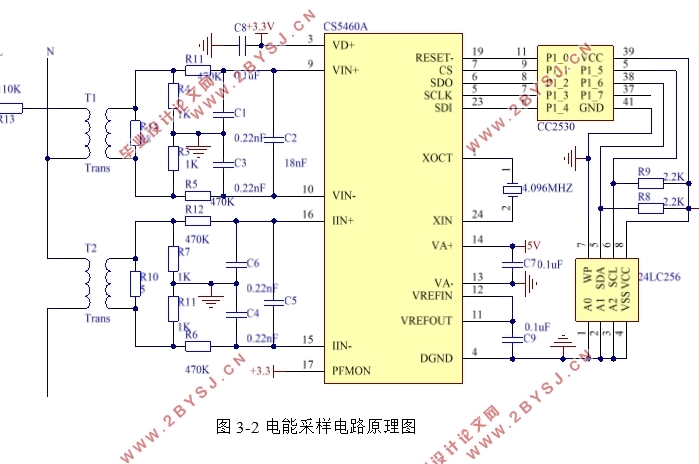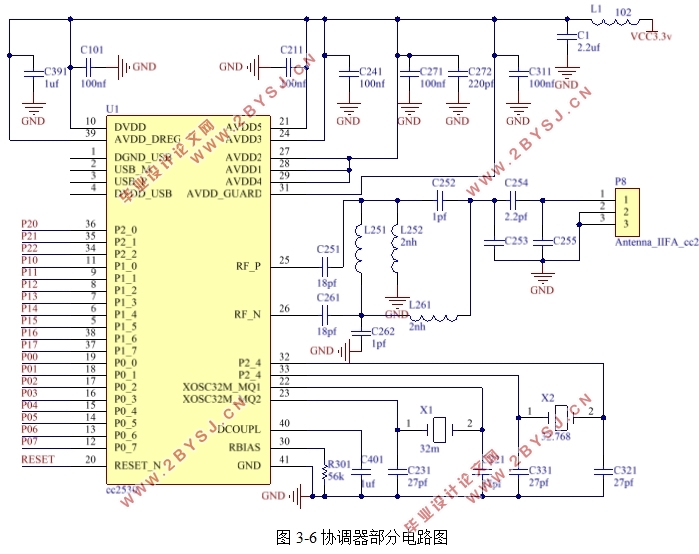基于物联网技术的电能远程监控系统设计
无需注册登录,支付后按照提示操作即可获取该资料.
基于物联网技术的电能远程监控系统设计(论文12000字)
摘要:为解决当下密集型楼宇如宿舍楼、办公楼的电能监控的问题,设计了基于物联网技术的电能远程监控系统。该系统相较于现有的电能监控方式有所改进,通过ZigBee组网技术,实时监控用户电流电压数据,并根据事先设定的阈值在监控中心进行声光报警。整个系统包括硬件部分的电能监测模块、继电器模块、传输模块和软件部分的无线通讯设计和上位机软件设计。该系统操作简单,安装方便,减少了人力资源的消耗,提高了用电安全,较好的解决了现有电能监控问题。
关键字:电能监控;ZigBee;物联网技术;Qt ;C++
Design of Remote Electricity Monitoring System Based on Internet of Things Technology
Abstract:In order to solve the problem of electricity monitoring in the current intensive building, such as dormitory building and office building, this remote electricity monitoring system based on IOT technology is designed. The system is improved compared with the existing electricity monitoring way, this system uses the ZigBee network technology, real-time monitoring of current user data, and according to the predetermined threshold in acousto-optic alarm monitoring center. The whole system is consisted of hardware and software, which mainly includes electricitymonitoring module, relay module and transmission module. The software part mainly includes wireless communication design and upper computer software design. The operation of the system is simple, easy to install, it can savehuman resources, improve the safety of electricity, and solve the existing electricity monitoring problem better.
Key words:electricity monitoring; ZigBee; Internet of things technology;Qt;C++


目录
1 绪论 1
1.1研究背景 1
1.2国内外研究现状 1
1.2.1国外研究现状 1
1.2.2 国内研究现状 2
1.3研究意义和目的 2
1.4论文主要内容及章节安排 3
2系统总体方案设计 3
2.1系统需求分析 3
2.2系统技术方案 4
2.3 无线通信选择 5
2.4系统主要功能设计 6
3系统硬件设计 6
3.1监控节点设计 6
3.1.1 电能采样电路模块设计 7
3.1.2 继电器模块设计 8
3.1.3 电源模块设计 8
3.2无线通信模块设计 9
3.2.1 CC2530简介 9
3.2.2 通信模块设计 9
3.2.3 串口通信设计 10
4 系统软件设计 11
4.1 Zigbee无线网络设计 11
4.1.1 软件开发环境搭建 11
4.2 下位机程序设计 12
4.2.1 无线网络拓扑结构 12
4.2.2 监控节点程序设计 12
4.2.3协调器程序设计 13
4.3上位机软件设计 14
5 电能监控系统测试 16
6 总结与展望 17
6.1 总结 17
6.2 展望 18
参考文献 18
致谢 20
